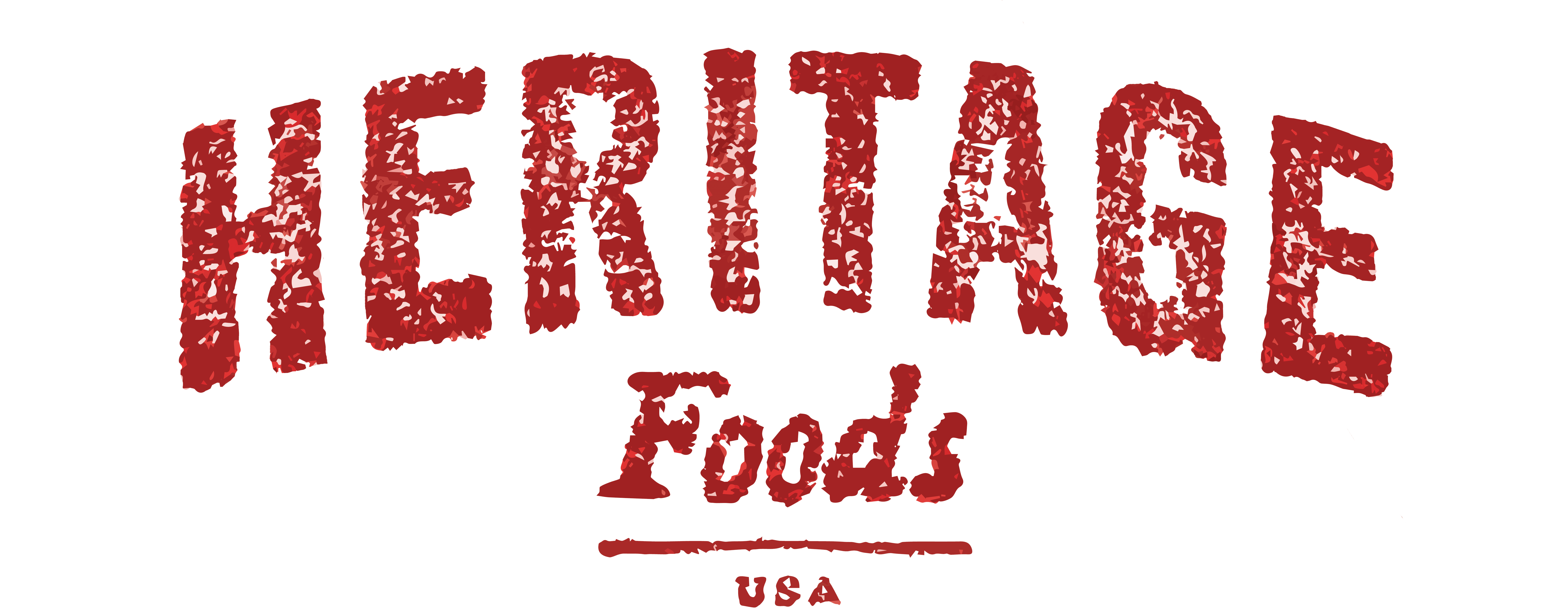
Dorset Horn, A Calm English Sheep
Some argue the origin of the Dorset Horn, or Horned Dorset, comes by way of the Merino sheep from Spain which was crossed with the Horned Sheep of Southwest England. By the 1750s Dorset Horn was the lamb breed adorning tables in England for special occasions. The first word on the breed in the Americas comes from Oregon around 1860, where the breed was introduced by the Hudson Bay Shipping Company. The Dorset Horn went on to become nationally famous a few years later at a livestock show in Chicago. The American Continental Dorset Club was organized in 1890.
Today, the Dorset is globally distributed and found in two varieties, Horned and Polled. The Polled is raised in great numbers but the Dorset Horn, which makes up but 5% of annual registrations, is considered threatened with fewer than 1,000 annual registrations in the United States.

Dorset ewes’ horns are small and curve forward and downward while the rams’ horns are heavy and spiral downward and curve forward — a majestic site indeed. The single most important attribute of the Dorset is its extended breeding season — it is the only breed capable of breeding throughout the winter, often bearing twins. Dorset ewes are considered great milkers and mothers. Their fleece is dense, white, and attractive making excellent wool. Its skins are known for making quality boots and coat linings!
The Livestock Conservancy writes that, “They are calm and docile and can make good pets, although rams should be handled when they are young so they are easier to manage during the breeding season. They have also been used to train herding dogs. Dorset Horn sheep are good foragers.”
Our lamb are all raised in Vermont on Tamarack Sheep Farm where all of the animals have access to grass 100% of the time. In the summer, this means grass growing in the field, in the winter, or for animals that are housed in the barn, this means hay.